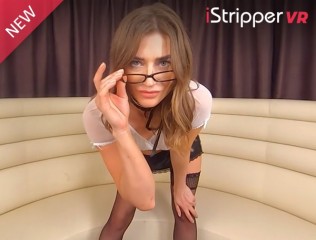Thank God It's already Friday! Time flies when you're having fun!
Here is a sum up of the distractions we had this week:
- Noah Pink dances The Last Dance in a sublime pink latex dress with holes
- Claudia Bavel is our Barca Babe in a red latex openwork 2 pieces
- Christy White drove you crazy for her first release The Seventh Deadly Inch
- Mimi Cica is just TORRID in her complete red lingerie set for Punainen Kuuma
- Asia Vargas is incredibly sexy in her little pink short et white top for A Shorts Story
- Monika May chose some red fishnet for Cast Your Net Wide
- And Tatiana Coco prefered autumnal colors in Látigo Ahora
And on mobile:
You've been sooooo numerous to claim for Gloria, that we added 2 this week!
Juicy Pink and Wheel of bargainsIf you're in the mood for game: the Juicy Pink is back! Yes, it's your favortite because one of the most generous of our scratch cards, as you can win :
- 20 credits
- 50 credits
- 200 credits
- 2 Free cards (randomly selected among the most recent ones not in your collection and released more than 45 days ago.)-
- One of the special event cards
But if you prefer solid discounts, then spin the wheel of bargains and get 10%, 20%, 35%, 50%, 70% or 100% discount on the 4 cards drawn!
This duo of promo game will be on line till Friday, October 29, 11.00am Paris time
for your quesiotns: https://www.istripper.com/forum/thread/48674



